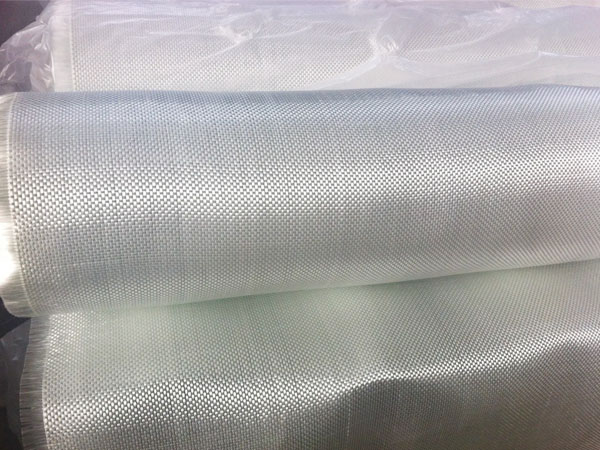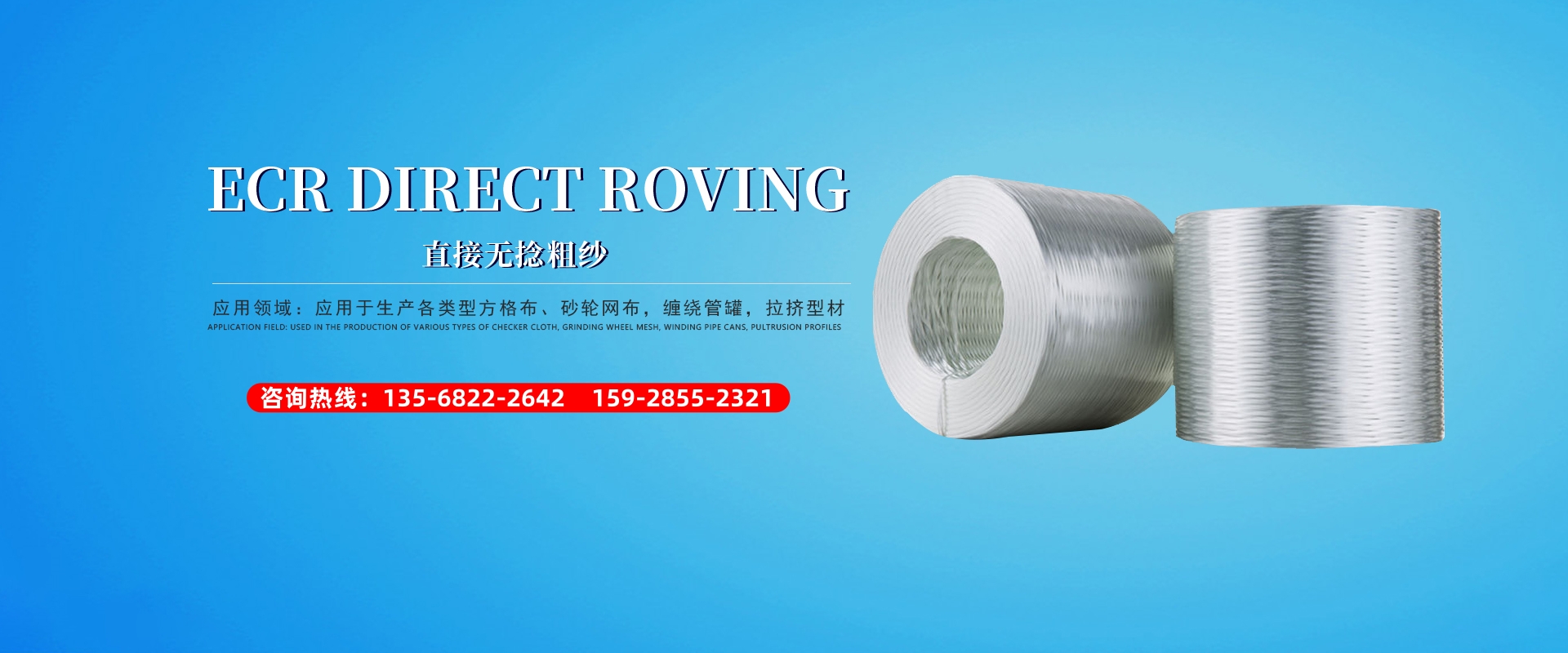Introduction to pasting method of glass fiber mesh cloth
Glass fiber gridding cloth is made of glass fiber woven fabric as the base material and coated with high molecular anti lotion. Therefore, it has good alkali resistance, flexibility and high tensile resistance in longitude and latitude, and can be widely used for thermal insulation, waterproof and crack resistance of internal and external walls of buildings.
Glass fiber gridding cloth is made of glass fiber woven fabric as the base material and coated with high molecular anti lotion. Therefore, it has good alkali resistance, flexibility and high tensile resistance in longitude and latitude, and can be widely used for thermal insulation, waterproof and crack resistance of internal and external walls of buildings. Glass fiber gridding cloth is mainly alkali resistant glass fiber gridding cloth. It is made of medium alkali free glass fiber yarn (mainly composed of silicate, with good chemical stability), twisted and woven by special organizational structure - leno weave, and then treated by high temperature heat setting treatment such as alkali resistant and reinforcing agent.
Glass fiber gridding cloth is mainly used in wall reinforcement materials (such as glass fiber wall gridding cloth, GRC wallboard, EPS interior and exterior wall insulation board, gypsum board, waterproof roll cloth, asphalt roof waterproof, fireproof board, building caulking tape, etc.).
Paste method of glass fiber mesh cloth:

1. The preparation of polymer mortar must be in the charge of a specially assigned person to ensure the mixing quality.
2. Open the barrel cover anticlockwise, and use the agitator or other tools to re stir the adhesive, so as to avoid the separation of the adhesive. Mix it moderately, so as to avoid quality problems.
3. Mix ratio of polymer mortar: KL binder: 425 # sulphoaluminate cement: sand (with 18 mesh sieve bottom):=1:1.88:3.25 (weight ratio).
4. The cement and sand shall be poured into the iron ash tank for mixing after being weighed in the dosage bucket. After the mixing is even, the binder shall be added according to the mix proportion for mixing. The mixing must be even to avoid segregation and congee. Water can be added properly according to workability.
5. Water is used for concrete.
6. Polymer mortar shall be prepared whenever used, and the prepared polymer mortar shall be used up within 1 hour. Polymer mortar shall be placed in a cool place to avoid sun exposure.
7. Cut the mesh from the whole roll of glass fiber mesh according to the length and width required in advance, and reserve the necessary overlapping length or overlapping length.
8. Cut it in a clean and flat place. The blanking must be accurate. The cut mesh must be rolled up. It is not allowed to fold or step on it.
9. A strengthening layer shall be made at the external corner of the building, and the strengthening layer shall be pasted on the inner side, 150mm on each side.
10. When applying polymer mortar for the first time, keep the EPS board dry and remove harmful substances or impurities from the board cotton.
11. A layer of polymer mortar shall be scraped on the surface of the polystyrene board. The scraped area shall be slightly larger than the length or width of the mesh, and the thickness shall be about 2mm. Except for the requirements for edge wrapping, polymer mortar is not allowed to be painted on the side of the polystyrene board.
12. After the polymer mortar is scraped, the mesh shall be arranged on it. The curved surface of the mesh shall face the wall, and the mesh shall be plastered from the center to the periphery. The mesh shall be embedded in the polymer mortar. The mesh shall not be folded. After the surface is dry, a layer of polymer mortar shall be plastered on it, with a thickness of 1.0mm, and the mesh shall not be exposed.
13. The lapping length around the mesh shall not be less than 70mm. At the cut part, the patched mesh shall be used for lapping, and the lapping length shall not be less than 70mm.
14. A reinforcing layer shall be made around the door and window arm, and the reinforcing layer grid cloth shall be pasted on the inner side. If the distance between the outer skin of the door and window frame and the surface of the base wall is more than 50mm, the grid cloth shall be pasted with the base wall. If it is less than 50mm, it needs to be turned over. The grid cloth laid on the large wall shall be embedded in the outside of the door window frame and stuck firmly.
15. At the four corners of the door and window, after the standard mesh is plastered, another 200mm shall be added at the four corners of the door and window × 300mm standard mesh, placed at a 90 degree angle with the bisector of the window corner, pasted on the outermost side for reinforcement; A 200mm long mesh suitable for the width of the window arm shall be added at the internal corner and pasted on the outermost side.
16. Under the windowsill on the first floor, in order to prevent damage caused by impact, the reinforced mesh shall be placed first, and then the standard mesh. The reinforcing grid cloth shall be butted.
17. The construction method of placement reinforcement layer is the same as that of standard mesh.
18. The grid cloth pasted on the wall shall be covered on the grid cloth of the turnover package.
19. The mesh shall be plastered from top to bottom. For synchronous construction, the reinforced mesh shall be plastered first, and then the standard mesh shall be made.
20. After the mesh is glued, it shall be protected from rain wash or impact. For external corners that are easy to collide, doors and windows shall be protected, and anti pollution measures shall be taken at the feeding port. In case of surface damage or pollution, it must be handled immediately.
21. The protective layer shall not be exposed to rain within 4 hours after construction.
22. After the final setting of the protective layer, it shall be cured by spraying water in time. When the average temperature in the day and night is higher than 15 ℃, it shall not be less than 48 hours, and when it is lower than 15 ℃, it shall not be less than 72 hours.
 135-6822-2642
135-6822-2642
 135-6822-2642
135-6822-2642

